Teaching "Lean" to the Japanese (!)
"In today’s fast-paced, fiercely competitive world of commercial new product development, speed and flexibility are essential. Companies are increasingly realizing that the old, sequential approach to developing new products simply won’t get the job done."
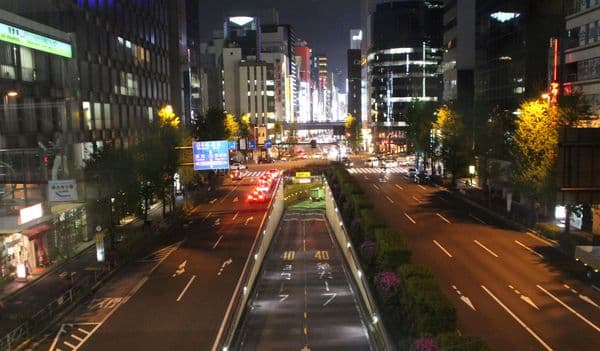
It is April 27th, 2015, and this is how Aki Saarinen from Reaktor opens his dinner talk to dozen of CEOs from Japanese companies. The audience consists executives from a real estate giant Next, an director from a department of Sony, the CEO and board member of analytics company BrainPad (one the best known data science companies in Japan), and other large companies that want to re-invent themselves. In other words, they want to innovate, to develop new business, and to know how it is done.
Four hours earlier, we are sitting in a meeting room of the real estate company Next. The CEO, Takashi Inoue, tells us about their program for harvesting ideas and creating startups from those ideas. The goal is to find new business, and it does not have to be about real estate. They want to be a conglomerate like Virgin.
At the end of the meeting at Next, two young women get a chance to tell about their startups that Next is incubating. The first one is a mobile service for tourists to ask local people questions, tips and hints in real time: Lifull TravelRing. Yuko Akiyama got her idea for the service during her visit to Finland. The other internal startup is a mobile communication service for families Lifull FaM. The inventor, Mai Akiba, tells that she is a single mother and her goal is to engage Japanese men to do more homework and to be more involved in family life. The contrast between a real estate agency going global and these two fresh ideas is impressive. Impressive because they are all under the same roof: big stable business and two very human startups ran by young women.
Aki Saarinen's opening line in the executive dinner has a twist. It is a quote from Harvard Business Review (HBR), but that is not the twist. The twist is a double-twist: first, the quote is from year 1986, and second, it is from Japan. The quote is from the seminal article written by Hirotaka Takeuchi and Ikujiro Nonaka: "The New New Product Development Game" HBR, January 1986. In their text they present case studies of how Japanese corporations in the 1970s successfully created new ways of product design, new ways of innovation.
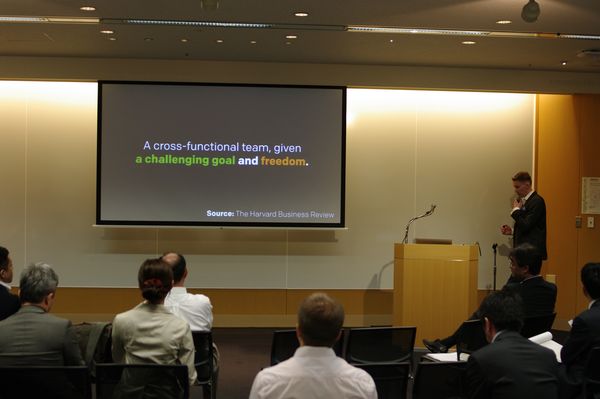 Aki Saarinen explaining the secret of Japanese innovation back in the days.
Aki Saarinen explaining the secret of Japanese innovation back in the days.
Few days before the executive dinner, Slush Asia happened here in Tokyo. In just three months, the Slush people were able to put together an Asian version of the famous Finnish start-up and investor event. Just like in Finland, part of the audience was from established companies looking for new ideas and new ways of thinking about business. Although, I was told, that the event was created so fast that few of the big Japanese companies had a chance to react (they are looking forward to having much more Japanese and Eastern Asian large companies attend). Have a look about Slush Asia in Mari Piirainen's post here.
In his keynote at Slush Asia, Tom Kelley from IDEO brought up a study by Adobe named State of Create. According to Kelley, in the study Japan was voted as the most creative country in the world, and Tokyo the most creative city. However, the Japanese themselves did not vote their own country or capital that high. Kelley's point was that everyone except the Japanese themselves think Tokyo and Japan are extremely creative places.
My trip to Japan is related to Aki's talk. Tuomas Syrjänen, Mari Piirainen, and myself are here together with Reaktor people to talk and teach about Futurice's way of doing digital services. Aki from Reaktor Japan, Sofia Svanteholm from Swedish Ocean Observations, and our Tuomas are the speakers at the dinner for executives. The following day Mari and myself run a workshop on innovating digital services (and Reaktor does a similar one as well).
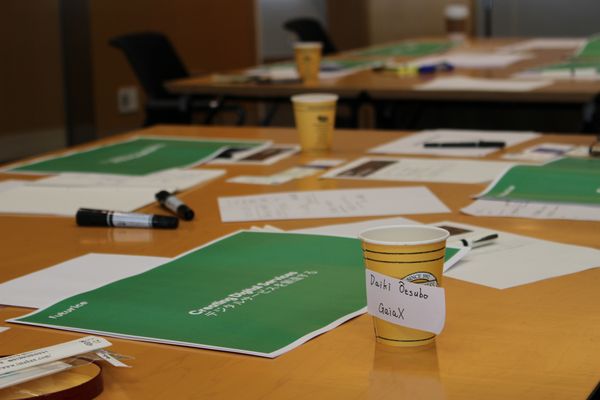 Pens, papers, and hot drinks are served in our innovation workshop.
Pens, papers, and hot drinks are served in our innovation workshop.
All the time during my trip here, I have been slightly puzzled about the visit. Let me explain.
Our (i.e., Futurice's, and Reaktor's as well) way of thinking and doing is very much based on the original Lean philosophy created by Japanese large companies (summarised nicely in the HBR article mentioned previously). Heck, we even call our approach Lean Service Creation. Also, I have always been a huge fan of Japanese post-war innovation in such fields as photography and cameras. Now we, consultancies from Finland, find ourselves teaching Japanese their own way of thinking.
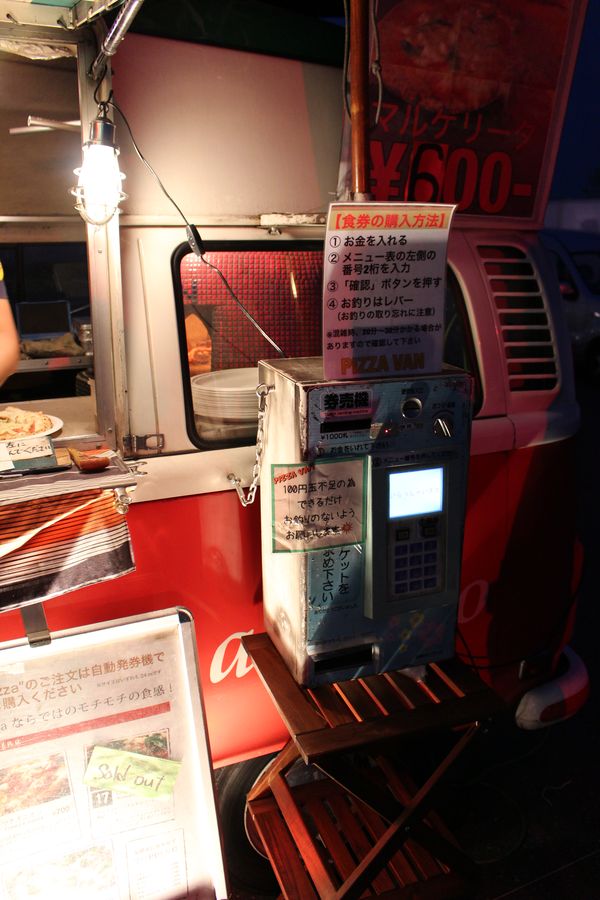 Impressive old Japanese innovations: a vending machine to handle the payment of pizza at Slush Asia. The pizza baker did not have to hassle with payments at all.
Impressive old Japanese innovations: a vending machine to handle the payment of pizza at Slush Asia. The pizza baker did not have to hassle with payments at all.
And Aki's twisty quote nailed it: isn't it ironic that we come from Finland to teach something that was created here in Japan over 30 years ago?
Listening to companies during my trip, listening to startups at Slush Asia, and talking here and there with Japanese professionals, I have begun to form an image that Japanese companies are "increasingly realizing that the old, sequential approach to developing new products simply won’t get the job done."
To put it bluntly: It feels like the January 1986 issue of HBR never made it here, or the know-how in that article has somehow vanished. It feels like if the Swedish were invited to Finland to teach us how to properly go to sauna! Strange. What has happened?
What I have found are few clues as to why startups and new ways of innovation are in demand in the home country of "Lean".
Japanese society's age pyramid is perhaps one of the most upside-down in the world. The number of elderly is growing and there are fewer and fewer young people working in the economy to support the older generations. The population of Japan is actually shrinking. This means that the domestic market in Japan is changing. I was told that there is less and less opportunities for big growth in Japan (unless you focus on the elderly). Therefore, Japan has to more than before to think globally. Technology is seen as a way to scale up to global levels, and us foreigners help in thinking global. No wonder that Slush Asia is warmly welcome (and it was intentionally not named Slush Tokyo).
I talked with the CEO, Seiji Teraura, of a Japanese education company Manabi Co. I told him that sometimes Finnish people feel very small in the world, and we might lack confidence to tackle the global market. He answered me back that "the Japanese have the same problem". I thought it was a joke: Japan is the most creative country in the world with a population of 126 million (that is about 24x of Finland, by the way). But living close to China makes even the Japanese feel small and perhaps even intimidated. It felt like Slush Asia and our training had also the purpose to boost Japanese confidence: to make Japanese feel big (no matter how strange that sounds).
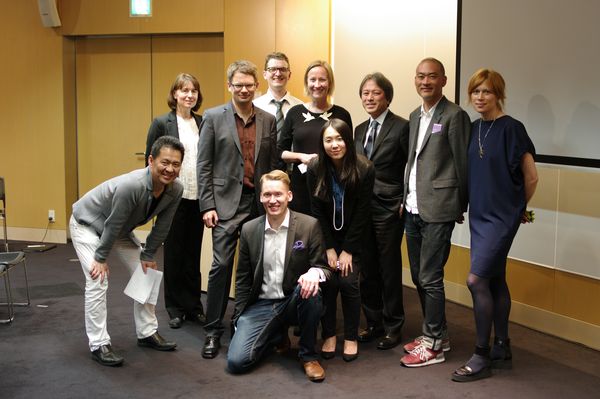 The Nordic spearhead of innovation in Tokyo. From left: Takuya Hane (Active Learning), Mirva Heiskanen (Talouselämä), Tuomas Syrjänen (Futurice), Risto Sarvas (Futurice), Aki Saarinen (Reaktor), Mari Piirainen (Futurice), Tokuno Eriko (Active Learning), Yoshimitsu Kaji (Accenture), Inoue Jun (Reaktor and Ocean Observations), and Sofia Svanteson (Ocean Observations).
The Nordic spearhead of innovation in Tokyo. From left: Takuya Hane (Active Learning), Mirva Heiskanen (Talouselämä), Tuomas Syrjänen (Futurice), Risto Sarvas (Futurice), Aki Saarinen (Reaktor), Mari Piirainen (Futurice), Tokuno Eriko (Active Learning), Yoshimitsu Kaji (Accenture), Inoue Jun (Reaktor and Ocean Observations), and Sofia Svanteson (Ocean Observations).
Our host for the trip, and the organiser of the innovation training by Reaktor and Futurice, is Takuya Hane from Active Learning. His mission in Japan is to change Japanese learning from passive to active learning. He explains his learning approach by comparing a person in a car's passenger seat (passive) and a person who is driving the car (active). Japanese learning in schools, universities, and companies is still often very passive: people listen more than actively engage in learning.
In the last evening of our visit, I ask Hane-san directly: Finnish people are teaching Japanese companies things that were invented in Japan 30 years ago. What has happened?
"Companies change", he answers. "And generations forget. The people in charge of innovation 30 years ago are now in the sixties or seventies. People forget." As and example, Hane-san tells about Sony, a company he has worked with quite a lot. Sony was hugely innovative in the 1980s (e..g, Sony Walkman) and it made Sony big. As it grew, it became more embedded in employees personal lives: pension systems, workplace stability and so on. Somehow Sony lost the capability to innovate, although the leaders were still very good and talented. "Anytime someone said that Sony should go this way, there were other people saying it should go the other way."
My summary of Hane-san's answer is the old proverb: "Poverty is the mother of all invention". Once the Japanese technology companies of the 1980s became global successes, they lost the burning desire to innovate. And then, it seems to me, few decades of content global business plus a new generation of leaders made them forget the way they were innovative in the first place. Now as Japanese ageing is a societal challenge and digitalisation is shaking old structures the big companies find themselves looking for ways to innovate, and outsourcing innovation to startups is seen as a viable and smart option.
Now I'm back in Finland. The weather is colder than in Tokyo, and it feels strange to walk in a city where there is more forest than houses (and mind you, this is the second biggest city in Finland). What should I make of all this? Now that I have kind of an answer why Japanese companies want Europeans to teach back them their own philosophy.
Ideas and philosophies take a while to disseminate: for people to learn, adopt, adapt, and make them their own. It took Japanese innovation philosophy thirty years to go around the globe. The Americans stole Lean thinking from the Japanese in the 80's (the HBR issue is proof of that). Then gradually we in Europe have stolen the Silicon Valley way of thinking into our companies. And now, the Japanese are making notes of how we in Finland have made American ideas like The Lean Startup and Service Design our own. Needless to say, they will adapt our ideas to suit their situation.
In the technology world it is nice to notice that some things are cyclical, and looking into the past might be more fruitful than gazing into the future. I firmly believe that technology building is perhaps the most human endeavour in the world (e.g., there would be no tech without humans). The fact that innovation thinking goes in cycles and is hugely influenced by such human aspects as confidence and forgetfulness reminds us that the human, social and societal context of building technology is as important as the technical, business, and design.
- Risto SarvasService Designer, Professor, Company Culture Engineer


